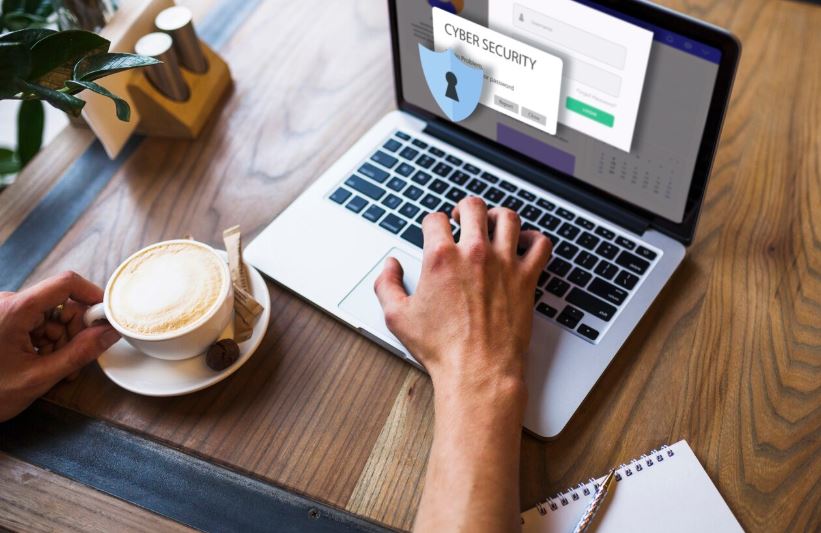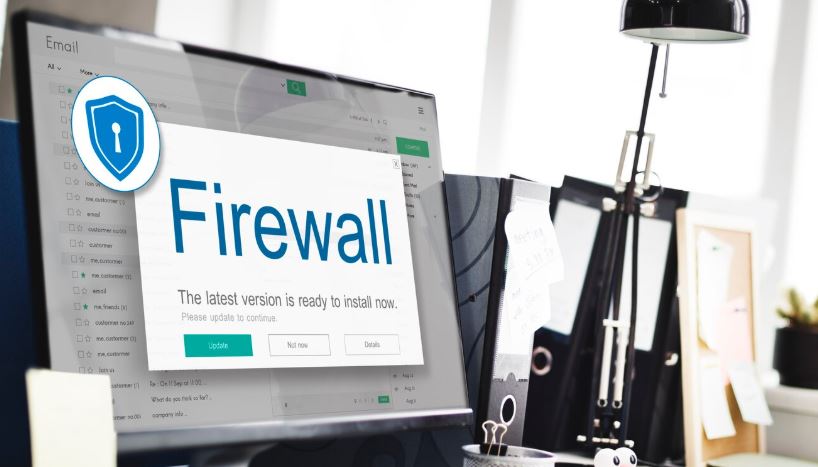In the digital era, website security is no longer a “nice to have”; it’s an absolute necessity. Whether you’re managing a blog, launching an online store, or operating a corporate site in the UAE, ensuring that your website is safe from cyber threats is foundational to your success. If your website is labeled “Not Secure” in browsers like Chrome, you’re not just losing credibility, you’re losing traffic, SEO performance, and potential revenue.
This guide walks you through what security means in 2025, step-by-step instructions on how to make a secure website, and the most common risks to avoid when building a secure website.
Why Website Security Should Be a Top Priority
Security isn’t just about protecting your data; it’s about protecting your reputation, your customers, and your business growth.
Why does it matter?
- Trust & Perception: Your website is your brand’s first impression. Browsers like Chrome flag unsafe sites, making it crucial to know how to make a site secure in Chrome.
- Search Engine Optimization: HTTPS is a confirmed ranking factor by Google. Understanding how to secure a website connection boosts visibility and traffic.
- Legal Responsibility: From the UAE’s Cybercrime Law to GDPR, securing data is a legal obligation. Whether collecting emails or processing payments, you need to know how to create a secure website.
- Conversion & Retention: A secure site builds trust. If you’re wondering how to make a website trusted, start with encryption and solid security practices.
Looking for expert help? Our web design services are built with a security-first architecture ideal for UAE-based businesses.
How to Make a Secure Website
Let’s break down the practical steps of how to get a secure website, whether you’re launching one today or improving an existing platform.
1. Install SSL and Migrate to HTTPS
If your site still shows “HTTP,” it’s vulnerable, and Chrome will label it “Not Secure.” Here’s how to fix it:
- Install an SSL certificate (Let’s Encrypt offers a free option)
- Redirect all traffic to HTTPS
- Update all links and resolve mixed content warnings
This is the first critical step in how to make a website secure.
2. Choose a Secure Hosting Provider
Your hosting environment sets the foundation. To create a safe website, look for:
- Firewalls and malware scanners
- Automatic daily backups
- DDoS protection
- Real-time monitoring
3. Keep CMS, Plugins & Themes Updated
If your website runs on a CMS like WordPress, one of the fastest ways to get hacked is to ignore updates. This is essential for how to secure a site that is not secure.
- Enable auto-updates
- Remove outdated or unused plugins
- Only install plugins from trusted developers
4. Strengthen Admin and User Access
Brute-force attacks are real and common. Wondering how to secure a website against unauthorized access?
- Use two-factor authentication (2FA)
- Limit login attempts
- Rename default login URLs
- Enforce strong password policies
5. Use a Web Application Firewall (WAF)
WAFs block malicious traffic before it hits your server. A WAF is vital to how to make a website more secure, especially against:
- SQL Injection
- Cross-Site Scripting (XSS)
- Spam and bots
Platforms like Cloudflare and Sucuri make this easy to implement.
6. Back Up Your Site Regularly
Even secure websites need disaster recovery plans. Backup is a crucial part of <u>how to build a secure website from scratch</u>.
- Automate daily or weekly backups
- Store them off-site or in the cloud
- Periodically test your restoration process
7. Monitor Logs and Run Security Scans
You can’t fix what you don’t see. If you want to consistently make sure a website is secure, monitor:
- Login attempts
- File changes
- Admin activity
Plugins like Wordfence and external tools like Google Search Console help automate this.
Also, be sure to avoid these common mistakes in web design that can expose your site to vulnerabilities.
Common Threats to Website Security
Understanding your enemy is half the battle. Here are the most common threats:
- Malware: Injects malicious code and damages functionality
- Phishing: Tricks users into entering sensitive data
- SQL Injection: Exploits unsecured input fields to access your database
- XSS Attacks: Embeds malicious scripts into legitimate pages
- Brute Force: Automated attempts to guess passwords
Planning to start an eCommerce business in Dubai? You’ll need top-tier protection for payment gateways, customer data, and internal records.
Conclusion
Security is a mindset, not just a technical setting. If you’re serious about growth, performance, and user trust, your security strategy must be proactive.
From SSL and backups to WAF and monitoring, every layer contributes to a trusted platform.
At HDM, we don’t just design websites; we create secure, scalable, and performance-driven digital ecosystems tailored for UAE markets. When your reputation is on the line, you need more than good design; you need reliable protection.
Frequently Asked Questions
- Can I secure my website after it’s already live?
Yes. You can follow all these steps to move your site from “Not Secure” to Trusted. That’s how to make a site secure from not insecure status. - What’s the difference between HTTP and HTTPS?
HTTPS uses encryption via SSL. It’s essential for how to make a website connection secure and protecting user data. - Do I need this for a non-eCommerce site?
Absolutely. Even contact forms collect data. It’s part of how to make a website a trusted site. - 4. How can I tell if my website is secure?
Use Chrome’s padlock indicator and tools like Google Safe Browsing to make sure a website is secure.










